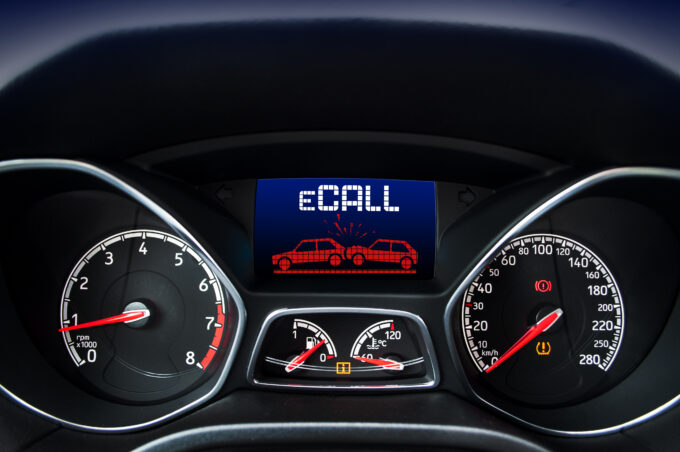Chlorine transports to become safer
Chlorine transports by rail are to become safer in the future. The measures planned by the industry, SBB and authorities include slower trains, shorter routes and the use of the best available rolling stock.

Under the leadership of the Federal Office for the Environment (FOEN), a working group has been looking at possible measures since 2015 to make chlorine transports by rail even safer. It analyzed options in the areas of property protection, on-site production, procurement routes, transport regulations and tank cars. Particular attention was paid to the Lake Geneva area, as major consumers in Valais currently import chlorine mainly from France (Lyon/Grenoble area) and transport it by rail along Lake Geneva. Because of the population and settlement development in this area, the risks there would increase too much in the future without appropriate safety measures.
The working group, with the involvement of the cantons concerned (Geneva, Vaud, Valais and Basel-Stadt), has defined objectives and a corresponding package of measures. These measures are presented in a joint statement in which the signatories (scienceindustries, SBB, VAP Verband der verladenden Wirtschaft, the Federal Office of Transport BAV and the Federal Office for the Environment BAFU) commit to implementation by the end of 2018. This second Joint Declaration also states that additional risk reduction will be examined and implemented thereafter. The signatories ensure monitoring and that the cantons continue to be involved. scienceindustries (formerly SGCI), SBB and DETEC signed the first Joint Declaration in 2002.
Strict specifications keep risks low
The basis for this work is the Major Accidents Ordinance. This requires a risk assessment based on the probability and extent of possible incidents. The methodical estimation of these parameters allows an objective assessment of the risk. Incidents involving chlorine transports are characterized by a very low probability of occurrence, but also by particularly high magnitudes. For this reason, the parties want to reduce the risk by a factor of 10 by the end of 2018. After that, a further, significant reduction is to be aimed for. How this can be achieved in a proportionate, technically feasible and economically viable manner is to be shown by the end of 2018 in a "roadmap" for the period up to 2025.
Immediate measures already implemented on the railways
As an immediate measure, SBB already created a freight train connection for the chlorine tank cars at the 2015 timetable change, which runs at reduced speed through the densely populated conurbations of Geneva and Lausanne. The probability of incidents on these critical sections is therefore already significantly lower. Furthermore, the operational procedures have been changed so that the freight train no longer has to travel to the La Praille (GE) freight station to change locomotives. This eliminates the need for double running on the Jonction-La Praille line, which further reduces the risk. SBB has thus imposed stricter regulations on itself than those that apply to foreign railroads.
Shorter transport routes through less densely populated areas
The industry is in contact with a foreign chlorine producer in order to import chlorine for the plants in Valais via a shorter, less densely populated route. As soon as possible, the industry also wants to negotiate with its suppliers and carriers to transport all imports only with the safest tank cars currently available. In terms of safety, these exceed the current standard for international rail transport. The costs of these measures will increase the transport price and will be borne by the major consumers.
For its part, the FOT will examine with SBB whether in future chlorine tank cars in Switzerland can only be transported on special trains and at reduced speed. If the agreed risk reduction target is not achieved with the various safety measures, a transport restriction for chlorine tank cars will be considered. In addition, rail lines will be checked for obstacles that could injure the tank walls of the tank cars in the event of a derailment.
Even smaller risk in second step
A joint roadmap is being drawn up for the period up to 2025 in order to achieve a further reduction in risk: for example, in addition to alternative sources of supply, a completely new generation of tank cars is being discussed, which could further reduce the transport risk.
The creation of better conditions for the production of chlorine on site, in a new plant close to the major consumers, is also to be further examined. This would significantly reduce the transport risk but would not completely eliminate it due to the revision phases and possible transit transports. Due to the relatively low demand for chlorine in Switzerland and the comparatively high production costs, the companies with a possible on-site production in Valais would face a competitive disadvantage in international comparison.
According to the working group, measures on buildings or in spatial planning, such as the renunciation of residential buildings in the vicinity of the railroad, are not efficient for an effective risk reduction. Finally, in the second joint declaration, the parties commit themselves to continuing along this path together and with the involvement of the affected cantons.
Source: FOEN









